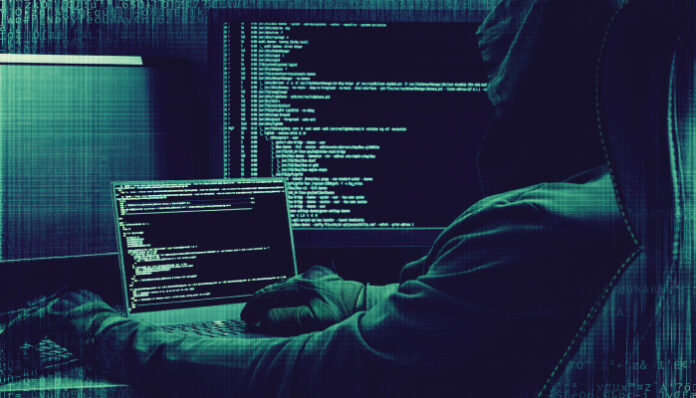Humans are the best threat hunters. No matter how many tools are there in the environment, they will be unable to offer the deep dive that a human threat hunter can.
The number of zero-day attacks that exploit unpatched software flaws skyrocketed in the past year. Zero-Day Tracking Project reports that in 2021 there were more than 80 zero-day exploits. Twenty-two similar incidents have already been documented for the first half of 2022.
Before a software developer can test, write, and release a patch, hackers rush to exploit the vulnerability as soon as it becomes known. That window could be hours long, but it’s more likely to be days or weeks. As a result,
It’s crucial to have human threat hunters, rather than machine-learning algorithms, actively searching the infrastructure for indicators of a successful attack.
A zero-day attack carries significant risk, and the repercussions are severe. According to “The Third Annual Ponemon Institute Study on the State of Endpoint Security Risk,” zero-day exploits were the source of 80% of successful data breaches.
The first step in securing any business is maintaining strong IT hygiene, including regularly patching and updating any software. It’s the “back to basics” measure that so many companies like putting off or ignoring. Undoubtedly, testing and deploying software updates can be time- and resource-consuming and the process can interfere with business operations. However, it is a crucial safeguard much less expensive than a data breach.
Also Read: Prepping up for the Next Zero-Day Threat
Zero-Day Exploits
Strong perimeter defenses and signature-based edge controls, such as intrusion prevention and antivirus software, fail to offer total security. This is because they can only identify known risks. Threat actors may not see the footprints of zero-day attacks when they are the first to find and exploit a software vulnerability. Zero-day exploit kits are therefore extremely expensive, ranging from thousands to millions of dollars on the underground market.
Cybercriminals can take their time and employ their weapon of choice, such as viruses, ransomware, malware, or Remote Code Execution (RCE), after using a zero-day exploit to sneak into a network. They are capable of lateral movement within the network, identity theft, and data theft.
The Need for Threat Hunting
Because of its invisibility, proactive threat hunting is a crucial part of the layered security strategy. It’s made possible since companies have been clever about utilizing Machine Learning (ML) to decrease the number of alerts requiring human involvement, freeing up valuable cybersecurity human resources. Some in the industry have interpreted this result to suggest that algorithms can eventually replace humans in the security equation and can carry out tasks like threat hunting.
Although Machine Learning has many benefits for cybersecurity management, people will always be needed in the Security Operations Centre (SOC). High-volume activities like removing false positives and repeats are very well handled by machines. When looking for sophisticated and “low-and-slow” threats, Machine Learning can be useful if one is aware of the Indicators of Compromise (IoCs) they need to look for.
However, in proactive zero-day threat hunting, when the IoCs are unknown and the threat hunter is seeking the subtle signals that another human is maliciously active in the environment, intuition, human intellect, creative problem solving, and strategic thinking are crucial.
Also Read: Top Three Cybersecurity Challenges in the Metaverse to Overcome
This strategy requires a lot of research. Based on observed patterns, User and Entity Behavioral Analysis (UEBA) logs, or unusual activity in security data logs, the analyst can formulate a hypothesis and then test it. CISA lists a number of them as possible indicators, including unsuccessful file modifications, file access problems, compromised administrator privileges, increased CPU activity, strange network communications, a rise in database read volumes, credential theft, and erratic geographic access.
Threat hunting expertise can be developed internally by businesses or purchased as a managed service. In either case, these human threat hunters are the new security industry elites. Human threat hunters supported by threat intelligence, comprehensive log data, and tools such as MITRE ATT&CK knowledge base are crucial to thwarting multistage attacks, zero-day attacks, and hackers.
For more such updates follow us on Google News ITsecuritywire News









